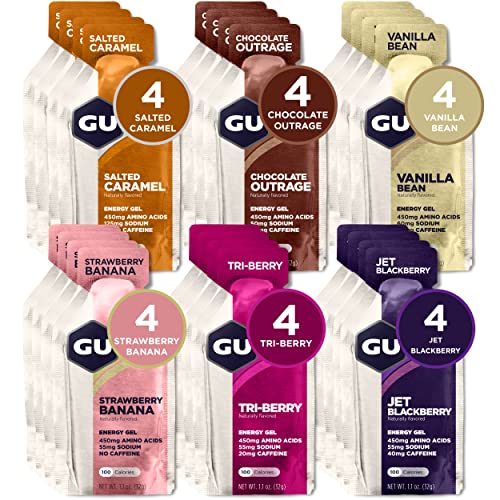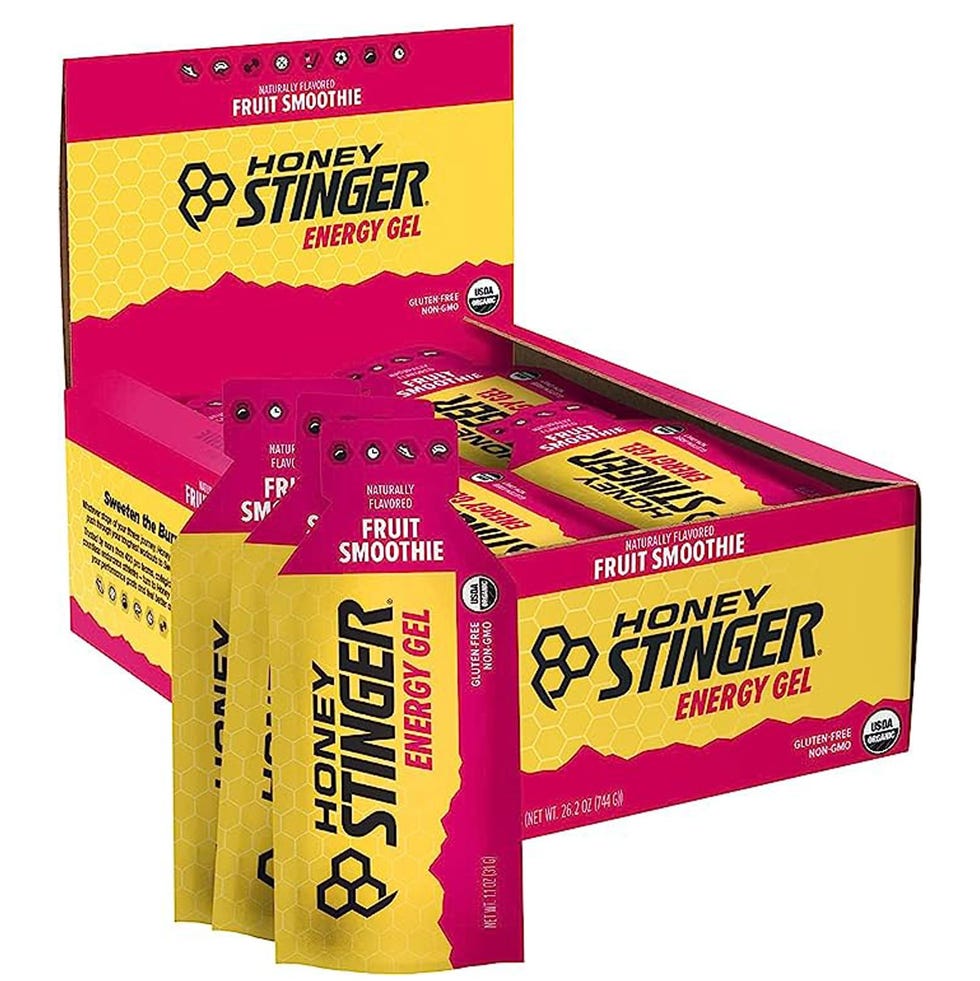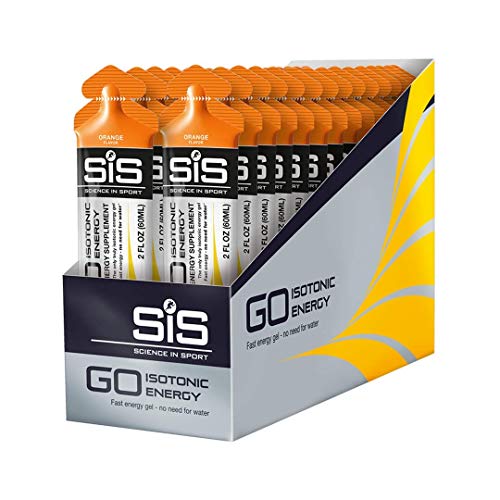- A new study published in Human Kinetics Journals found that many popular energy gels contain significantly fewer calories than stated on their labels, though carbohydrate content was generally accurate.
- Discrepancies in energy gel calories can lead to energy deficits during endurance activities, potentially causing early fatigue and compromised performance.
- Experts emphasizes the importance of training with specific nutrition products to adapt to any inconsistencies and minimize performance issues.
Fueling during a long endurance workout, whether it be during a cycling race or your weekly long run, is one of the best ways to prevent bonking or hitting the wall (when you run out of energy during an activity). Experts generally recommend consuming about 30 grams of carbohydrates (CHO) every 30 to 45 minutes for workouts lasting over 60 to 90 minutes (usually in the form of energy gels or chews, which are portioned out specifically for this purpose). Sounds pretty straight forward, right?
However, gels from many popular sports nutrition brands contained significantly fewer calories than what’s stated on the label, according to a recent study in Human Kinetics Journals. So, what does it mean for your performance when a seemingly consistent option for mid-workout fuel might not be so reliable?
Meet the expert: Jason Machowsky, RD, CSCS, is an exercise physiologist and board-certified sports dietitian.
What Mislabeled Running Supplements Mean For Your Performance
The 2024 study analyzed eight different gels from eight major brands—Gu Energy Labs, Honey Stinger, Hüma, Maurten, NÄAK, Precision Fuel & Hydration, Science in Sport, and Spring Energy—and found that, on average, the products contained significantly less energy (calories) than stated on the labels, though CHO content was not significantly different.
One product from Spring Energy (Cinnamon Apple Pie Vegan Gel-Awesome Sauce) was a major outlier, containing about 71 percent fewer calories (53 kcal vs. 180 kcal) and 72 percent less CHO (12.5 grams vs. 45 grams) than its label claimed.
“If the serving of most products are about 25 grams of carbs and 100 calories, that means it could actually contain 20 to 30 grams of carbs and 80 to 120 calories,” says Jason Machowsky, a sports dietitian and registered clinical exercise physiologist who is not affiliated with the study. While these small differences could add up over time during longer events, most people don’t need to worry about these small variations affecting their performance on a race day, especially if they have practiced with the type of nutrition they plan to use, he says. “Ideally people would have been training with these products over time and made any necessary adjustments prior to the actual race day. So even if accuracy is off, they’ve in essence already adapted to and accommodated for it.”
However, extreme inaccuracies, like that of Spring Energy’s gel, might be problematic.“The implications could be profound. Athletes using these products during exercise would experience a gross mismatch between their perceived and actual energy and CHO intake. This could predispose them to early fatigue and low blood sugar and compromise their performance,” the study authors concluded in their research.
Since the inaccuracies came to light, Spring Energy has acknowledged the problem and reformulated its products. Still, according to the researchers, this should serve as a cautionary tale for athletes. “We urge [athletes] to remain vigilant, carefully consider the content and quality of their foods and supplements, and generally take more ownership of their sports nutrition,” they wrote.
Labeling issues in the supplement world are nothing new.
Unlike prescription drugs, dietary supplements don’t require FDA approval before hitting shelves. The agency only steps in after the fact—monitoring for safety and acting primarily in response to complaints. That delayed oversight leaves plenty of room for inaccurate labeling, which can be especially problematic for athletes relying on precise nutrition to perform. It raises a bigger question: How do we know what’s actually in the products we’re taking?
What Nutrition Experts Want You To Look For (And Avoid) In Energy Gels
Checking with third party testing companies like NSF for Sport and Informed Choice, which test products to ensure the accuracy and safety, is a helpful way to decide which sports nutrition products and supplements to use, says Machowsky. “It’s not foolproof, but it shows brands are committed to having portions of their batches tested for purity,” he says.
When choosing a gel you should look for one that fits your nutritional needs, has a flavor and texture you like, only contains the target nutrients (a.k.a. is not a cocktail of supplements), has as few additives as possible, and can be carried and easily accessed during activity, says Machowsky. This study found Gu Energy, Honey Stinger, Maurten, and Science in Sport to be the most accurate to their labels in terms of how many carbs and calories they contained. However, be sure to test out any product during training and don’t use anything new on race day. If a gel doesn’t seem consistent or working for you, try something else.
You could also try DIY-ing your own mid-workout nutrition. “In the end it’s just about getting the target amounts of fluid, carbs, electrolytes, and protein. So you can choose foods that provide those nutrients,” says Machowsky, who says that some people decide to eat pretzels or crackers, instead of a gel, or combine juice, coconut water, and a small pinch of salt for a homemade sports drink. But like with all areas of health, listen to your body to decide what’s right for you.
Read the full article here








